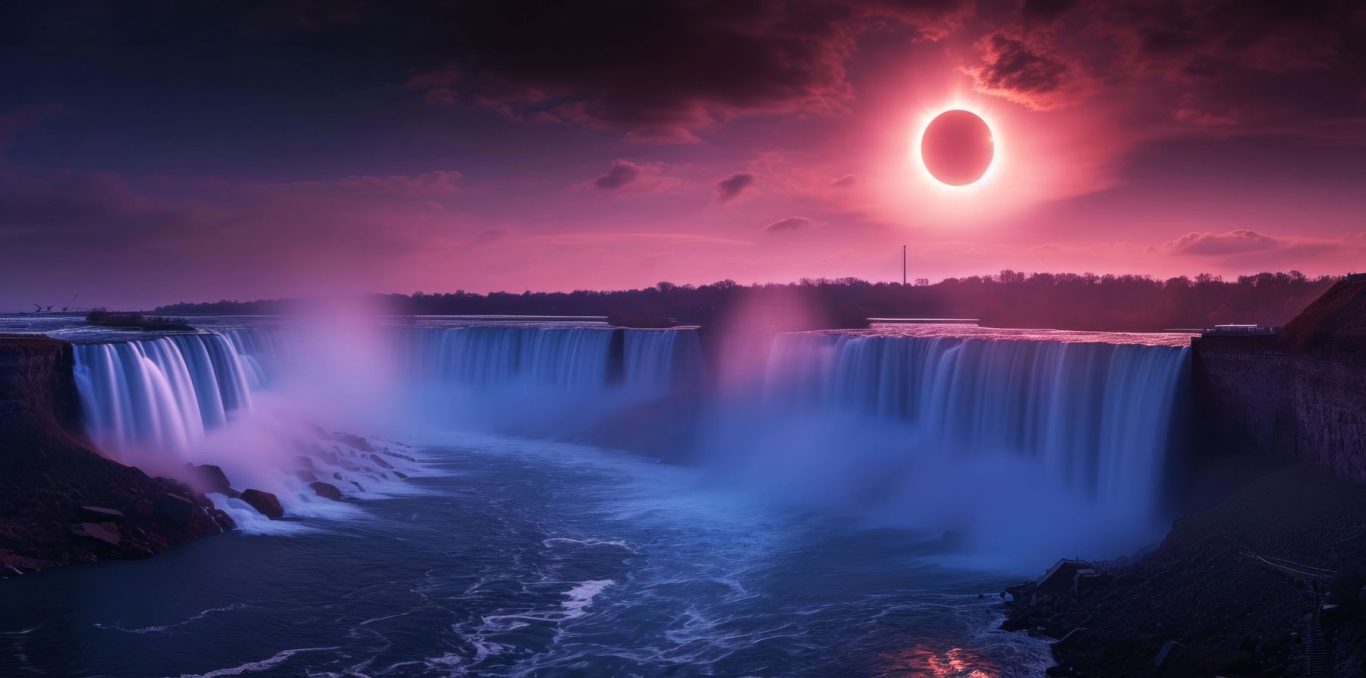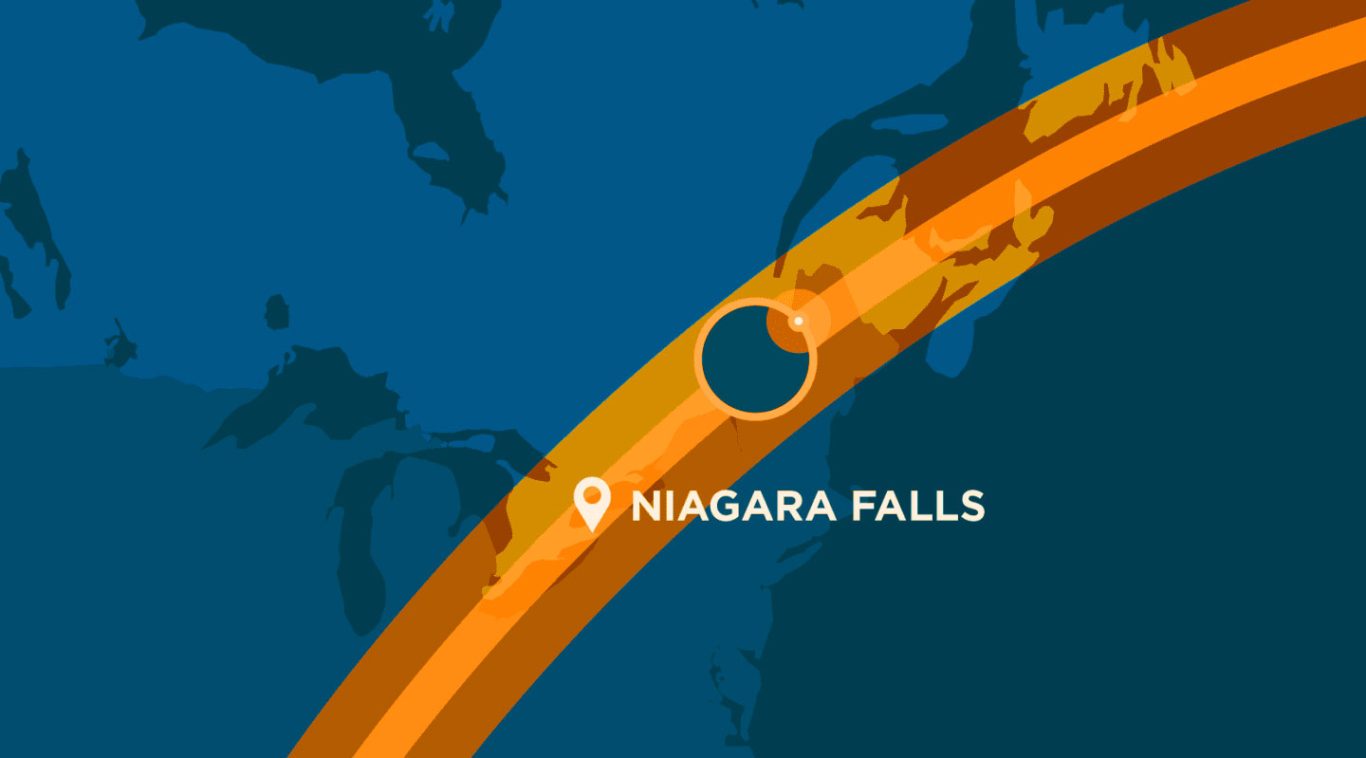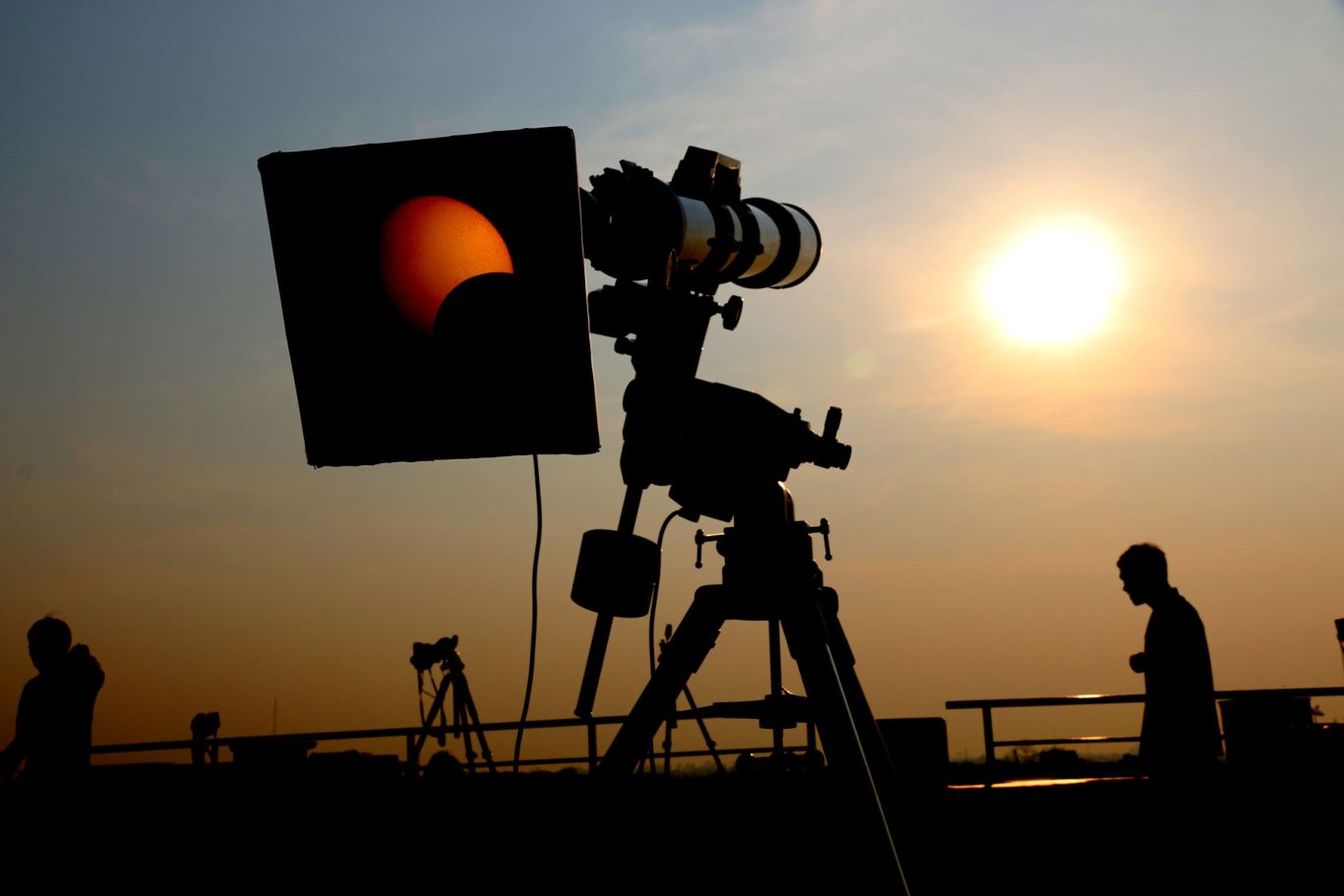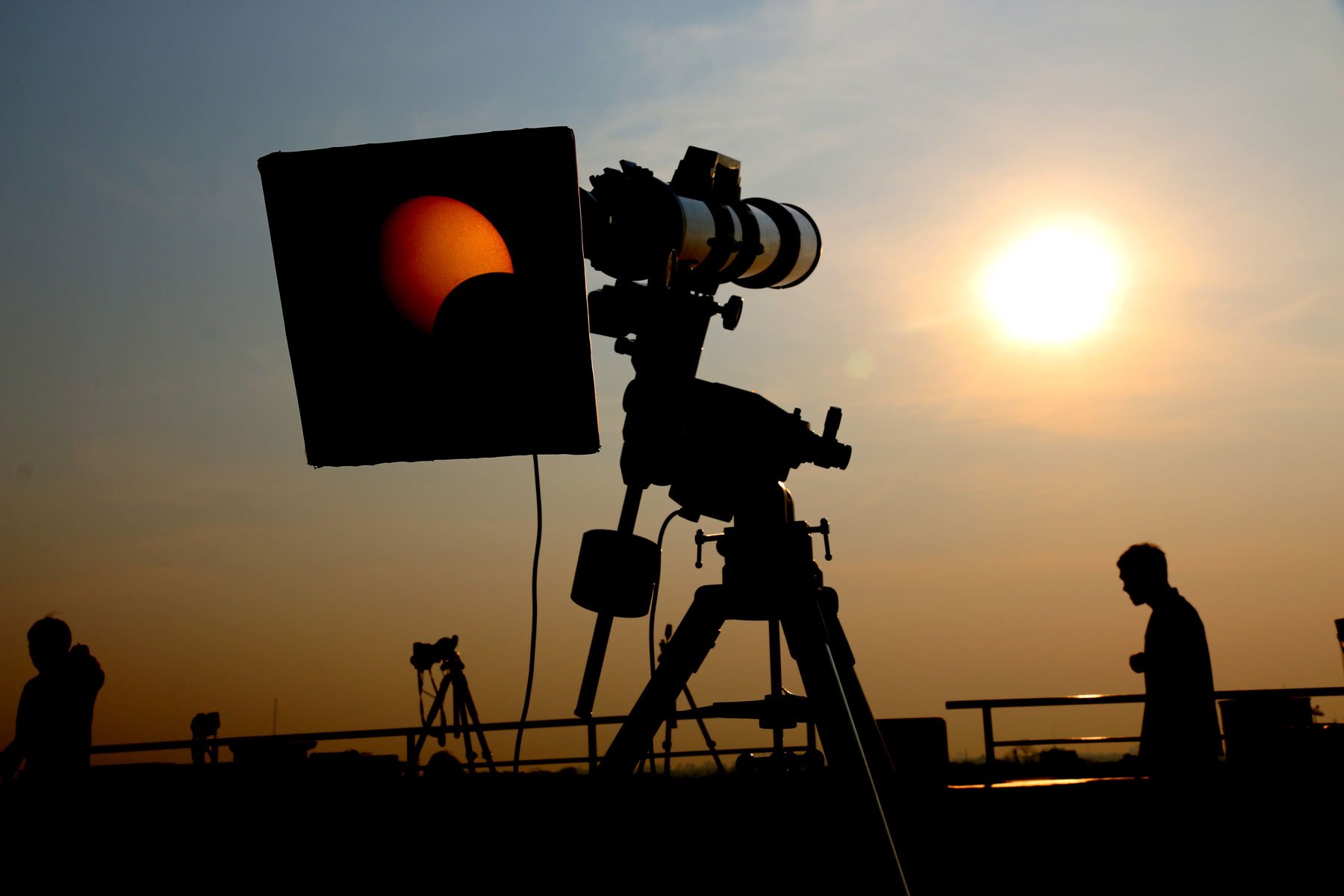The total solar eclipse is a mesmerizing natural phenomenon that captures the imagination of people around the world. It offers a rare opportunity to witness the sun being completely obscured by the moon, resulting in a stunning display of darkness and a glimpse of the sun’s corona. If you’re planning to witness this awe-inspiring event and want to capture its beauty through photography, you’ve come to the right place. In this comprehensive guide, we will walk you through the steps on how to capture the total solar eclipse with your camera and create stunning images that will last a lifetime.
Understanding the Total Solar Eclipse
Before we delve into the specifics of capturing the total solar eclipse, it’s important to understand the nature of this celestial event. A total solar eclipse occurs when the moon passes between the Earth and the sun, casting a shadow on the Earth’s surface. The path of totality, where the moon’s central shadow falls, is relatively narrow and can only be observed from specific locations. Outside of this path, observers will witness a partial solar eclipse.
Types of Solar Eclipses
There are several types of solar eclipses, each offering its own unique photographic opportunities. The most spectacular and sought-after is the total solar eclipse, where the sun is completely obscured by the moon. Annular solar eclipses occur when the moon is further away from Earth and appears smaller, leaving a bright ring of sunlight visible. Hybrid solar eclipses are the rarest type, transitioning between total and annular during the event. Partial solar eclipses, on the other hand, only partially obscure the sun and are the most commonly seen.

Safety Precautions
Before we delve into the technical aspects of capturing the total solar eclipse, it’s crucial to prioritize safety. Looking directly at the sun, even during an eclipse, can cause permanent damage to your eyes. Always wear certified solar eclipse glasses or use proper solar filters when observing or photographing the partial phases of the eclipse. Only during the brief period of totality, when the sun is completely covered, is it safe to remove these protective measures.
Timing and Location
To capture the total solar eclipse, it’s essential to be in the right place at the right time. The upcoming total solar eclipse on April 8, 2024, will be visible from several locations across North America, including Niagara Falls. The path of totality will stretch from northwest Mexico, through the United States, to southeast Canada. Being within the path of totality will provide the best opportunity to capture the full glory of the eclipse. Plan your trip to Niagara Falls accordingly, ensuring you have ample time to set up your equipment and prepare for the event.

Equipment for Solar Eclipse Photography
To capture the total solar eclipse, you’ll need the right equipment. Here’s a checklist of essential items:
- Camera: Use a DSLR or mirrorless camera with full manual control. This will allow you to adjust settings to suit the conditions during the eclipse.
- Lens: Invest in a super-telephoto lens with a focal length of at least 200mm. The longer the focal length, the more detailed your images will be.
- Solar Filter: Protect your eyes and your camera by using a sufficient solar filter. This filter will prevent damage to your gear while allowing you to capture the eclipse safely.
- Tripod: Stability is crucial when photographing celestial events. Invest in a sturdy tripod to keep your camera steady during long exposures.
- Shutter Release: Using a shutter release cable or remote control will minimize camera shake and ensure sharp images.
- Eclipse Glasses: These glasses are essential for safe viewing of the partial phases of the eclipse. Make sure they are certified and provide adequate protection.

Preparing for the Total Solar Eclipse
To ensure a successful photography session during the total solar eclipse, thorough preparation is key. Here are some important steps to follow:
- Scout the Location: Familiarize yourself with the location where you plan to photograph the eclipse. Identify potential vantage points and consider factors such as the direction of the sun and any potential obstructions.
- Practice with Your Equipment: Familiarize yourself with your camera and lens before the event. Practice adjusting settings, focusing, and capturing fast-moving subjects to ensure you’re ready for the eclipse.
- Check Weather Conditions: Keep a close eye on the weather forecast leading up to the eclipse. Clear skies are ideal for capturing the eclipse, so plan accordingly and be prepared to adjust your location if necessary.
- Charge Batteries and Clear Memory Cards: Ensure your camera batteries are fully charged and your memory cards have ample space. The last thing you want is to miss out on capturing the eclipse due to technical issues.
Camera Settings for Solar Eclipse Photography
Capturing the total solar eclipse requires specific camera settings to achieve optimal results. Here are some recommended settings to consider:
- ISO: Start with a low ISO setting, such as ISO 100, to minimize noise in your images.
- Aperture: Choose a narrow aperture, around f/8 to f/11, to ensure a sharp focus throughout the frame.
- Shutter Speed: During the partial phases of the eclipse, use a fast shutter speed to capture the details of the sun. As totality approaches, gradually decrease the shutter speed to capture the corona and any surrounding phenomena.
- Focus: Set your camera to manual focus mode and adjust the focus to infinity. Test your focus beforehand to ensure everything is sharp and in focus.

Shooting Techniques for the Total Solar Eclipse
When the moment arrives to photograph the total solar eclipse, here are some shooting techniques to consider:
- Capture the Phases: Start by capturing the partial phases of the eclipse, leading up to totality. This will showcase the progression of the eclipse and provide a comprehensive visual narrative.
- Expose for the Corona: As totality approaches, adjust your camera settings to allow for longer exposures and capture the ethereal beauty of the sun’s corona. Experiment with different exposure times to find the perfect balance.
- Include the Landscape: Consider incorporating the surrounding landscape or iconic landmarks, such as Niagara Falls, into your composition. This will add depth and context to your images, creating a unique and memorable perspective.
- Bracket Exposures: To ensure you capture the full dynamic range of the scene, consider bracketing exposures. This involves taking multiple shots at different exposure settings and later merging them in post-processing for optimal results.
Post-Processing Your Solar Eclipse Images
Once you have captured the total solar eclipse, the journey doesn’t end there. Post-processing your images can bring out the full potential and enhance the visual impact. Here are some post-processing tips:
- Import and Organize: Transfer your images to your computer and organize them in a dedicated folder for easy access and retrieval.
- Adjust Exposure and Contrast: Fine-tune the exposure and contrast of your images to bring out the details in the corona and other features.
- Enhance Colors: Experiment with color adjustments to enhance the vibrancy and richness of the sun’s corona and the surrounding sky.
- Crop and Composition: Consider cropping and adjusting the composition of your images to create a visually pleasing and balanced final result.
Conclusion
Capturing the total solar eclipse on camera is a rewarding and awe-inspiring experience. With the right equipment, careful planning, and knowledge of shooting techniques, you can create stunning images that showcase the beauty and grandeur of this celestial event. Remember to prioritize safety and adhere to the guidelines for solar eclipse photography. Whether you’re at Niagara Falls or any other location within the path of totality, be prepared to witness and capture a once-in-a-lifetime spectacle. So grab your camera, set up your equipment, and get ready to capture the total solar eclipse like never before.
